A briefing paper prepared for the Council on Contemporary Families Online Symposium on Gender and Millennials, originally released March 31, 2017.
The 2016 election occasioned much debate about how strongly Americans support gender equality. Was this election “a referendum on gender,” as a Newsweek article claimed, one that “women lost”? Or was it just bad luck and campaign missteps? Now that Women’s History Month is over, the Council on Contemporary Families takes a look at the complexities involved in assessing the future of gender equality.
One reason political forecasters did poorly last year was that they ignored growing alienation among their traditional supporters. New research by sociologists Joanna Pepin of the University of Maryland and David Cotter of Union College suggests that those who have been counting on the younger generation to complete the gender revolution may be making the same mistake. For CCF’s Gender and Millennials Online Symposium, Pepin and Cotter summarize their findings in the lead briefing paper, and five other researchers comment.
Whoa! Looks like young adults are less supportive of equality at home than at work. People frequently attribute the dramatic increase in support for gender equality since 1977 to generational replacement, assuming it will continue as the so-called Millennials, born between 1982 and the early 2000s, come to dominate the population. But examining almost 40 years of surveys taken of high-school seniors, Pepin and Cotter report that fewer youths now express support for gender equality than did their Gen-X counterparts back in the mid-1990s.
Since the 1990s, nearly 90 percent of every class of high-school seniors has supported the principle that women should have exactly the same opportunities as men in business and politics. However, when it comes to home life, youths have become more conservative since the mid-1990s. In 1994, only 42 percent of high-school seniors expressed the belief that the best family was one where the man was the outside achiever and the woman took care of the home. In 2014, 58 percent said this was true.
Black high-school seniors and females, in general, were more likely than White males to give egalitarian answers throughout the years of the survey, but all sectors of students became more conservative between 1994 and 2014. Pepin and Cotter suggest that this across-the-board increase in support for traditionalism helps explain the stall in women’s workforce participation and in occupational desegregation.
A growing gender gap among youth in their early 20s. CCF research intern Nika Fate-Dixon examined the General Social Survey (which has reported on the same questions for 40 years and breaks the answers down by age) to see whether similar changes had occurred among the next-oldest age group, those 18-to-25. She found that by 1994, 84 percent had come to disagree with the claim that a woman’s place was in the home. In 2014, however, the percent disagreeing had dropped to three-quarters.
In the GSS survey, the decline in egalitarianism was driven primarily by young men, who went from 83 percent rejecting the superiority of the male-breadwinner family in 1994 to only 55 percent doing so in 2014. Women’s disagreement with this claim fell far less sharply, and their confidence that an employed woman could successfully parent a preschool child increased slightly over the period, while men’s confidence dropped.
A dip in gender egalitarianism revealed by the election? As for the larger group of young adults aged 18 to 30, they were the only age group to decisively favor Hillary Clinton in the election. Yet according to an analysis of exit polls prepared for this symposium by Kei Kawashima-Ginsberg, Director of Tuft University’s Center for Information and Research on Civic Learning & Engagement (CIRCLE), their support for a White woman in 2016 was 10 percentage points lower than their vote for a Black man in 2008, suggesting a dip in enthusiasm for gender equality here as well. Only 25 percent of the women Millennial voters and 15 percent of the males identified as feminists.
Are new cultural values on the rise? Pepin and Cotter argue that most Americans have rejected the ideology of inherent gender difference that dominated American culture from the early 19th century up through the 1950s and remained embedded in law well into the 1970s. According to this view, women were best suited to raise children and society should protect home life by limiting women’s access to the public sphere of work, politics, and higher education.
But although Americans now overwhelmingly agree that society has no right to deny opportunities to individuals on the basis of their sex, many are uncomfortable with the idea that men and women can be interchangeable in the tasks they perform at home and at work. Pepin and Cotter suggest that the changing views of high school seniors since 1994 reflect the growing appeal of a hybrid ideology they call “egalitarian essentialism.” This combines a commitment to equality of opportunity with the belief that men and women typically choose different opportunities because men are “inherently better suited to some roles and women to others.” Egalitarian essentialism assumes that as long as women are not prevented from choosing high-powered careers, or forced out of them upon parenthood, their individual choices are freely made and are probably for the best.
CIRCLE’s 2016 exit polls found that only 20 percent of Millennial women disagreed with the statement that feminism “is about personal choice, not politics.” This represents a sharp departure from the 1970s feminist slogan “the personal is political,” with its insistence that personal choices often reflect political and economic constraints that should be removed.
…or have women’s gains provoked a backlash? Other contributors propose alternative interpretations of the decline in support for egalitarian domestic arrangements. Political scientist Dan Cassino suggests that the growth in women’s earnings power may have led some threatened males (and sympathetic females) to seek other ways to shore up masculine identity. Youth who have witnessed financial role reversals in their own families or communities may have felt a renewed need to validate men’s leadership in family finances and decision-making. Cassino’s research shows that many men react negatively to women’s economic gains. During the 2016 primaries, he asked prospective voters questions designed to direct their attention to how many women now earn more money than men. Men who were reminded of this threat to traditional masculine identity became less likely to express a preference for Hillary Clinton, though not for Bernie Sanders.
When masculinity is threatened, Republican men get more conservative, Democrats more liberal. Not all men react to threats to traditional masculine identity in the same way, however. In another study, Cassino was able to identify marriages in which a husband’s earnings fell substantially relative to his wife’s. And he was also able to track changes in these husbands’ responses to two political questions that generally divide liberals and conservatives. He found that men who were Democrats became more liberal as their share of household earnings fell, while Republican men became more conservative, perhaps explaining the increase in “strong” agreement with traditional values that Fate-Dixon describes. (Interestingly, Democratic men whose earnings rose substantially compared to their wives also became more conservative, illustrating the feedback effect between changing structural conditions and changing values.)
But wait: Married couples are less threatened by women’s gains than in the past. Is support for traditionalism a reaction to inadequate social policies?
University of Utah assistant professor of family and consumer studies Dan Carlson objects that Millennials who have embarked on family life seem less threatened by women’s gains relative to men than were couples in earlier decades. Since the 1990s, the higher risk of divorce for couples where the wife earns more than her husband has disappeared. And in contrast to the past, couples where husband and wife equally divide family chores and child-rearing now report the greatest marital and sexual satisfaction.
Carlson argues that the increase in young adults’ agreement that male-breadwinner families “are better for everyone concerned” may reflect the difficulties many families have had in sustaining egalitarian relationships in the current political and economic climate. When a man loses his job and the family reverses the conventional male-breadwinner arrangement, with the woman becoming the breadwinner and the man taking care of the family, this tends to create high levels of marital dissatisfaction. In other cases, young people may have watched the conflicts that arise when their parents struggle to share breadwinning and child-raising in the absence of supportive work-family policies and concluded that, whatever their ideal preferences, the reality of trying to share responsibilities is too stressful.
This interpretation finds some support in University of Leuven researcher Jan Van Bavel’s examination of European public opinion surveys. In Europe, where substantial public investments in affordable childcare and guaranteed paid leaves are now the norm, support for gender equality has continued to rise among all age groups. Van Bavel predicts this will continue. He argues that as women increasingly come to marriage with more education than their partners and have access to policies allowing them to integrate work and family responsibilities, they are less likely to cut back their work commitments after having children, further eroding the cultural norm of male breadwinning.
Even in the United States, the seeming stall in women’s workforce participation may mask important changes, according to a new paper by economists Claudia Goldin and Joshua Mitchell. As women enter motherhood at a later age, they work longer before taking time off for parenting. And the longer women work prior to having children, the longer they tend to work once they return. Furthermore, fewer women actually quit their jobs after a first birth, and more take leaves that make it easier for them to return to full-time employment in the same job. The proportion of women who quit their jobs around the time of the birth of their first child decreased from 30 percent in the 1980s to 22 percent in the early 2000s.
The problem with claims about “the” Millennials. Sociologist Frank Furstenberg criticizes the over-generalizations often made about “the” attitudes of such a diverse group as the Millennials and notes that the 18-to-25-year-olds interviewed in 2014 are not really comparable to those interviewed in 1994, being far less likely to be married or employed in permanent jobs. Their attitudes could go either way, depending on the economic and political changes that occur over the next several years.
Finally, as CCF Board President Barbara Risman observes, people are full of inconsistencies that may not be captured in their responses to single issues. When Risman did lengthy interviews with Millennials for a forthcoming book, she was struck by the wildly contradictory expectations about gender and family life that many of them expressed over the course of a single conversation. “You can read through a life history interview,” she reports, “and really not believe the same person is talking about themselves, what they think others expect of them because they are male or female, and what they expect from others in their relationships.” Those contradictions in people’s worldviews and sense of identity, Risman argues, offer opportunities for youths to imagine new possibilities as they encounter new experiences and new ideas. But as Pepin and Cotter warn, they also open the way to nostalgia for gender arrangements of the past, especially if youths continue to believe that their personal choices are not political.
Update: After this symposium was posted, 2016 data from the General Social Survey became available. The latest numbers show a sharp rebound in young men’s disagreement with the claim that male-breadwinner families are superior. GSS two-year trends are exceptionally volatile, due to the small size of the sample, and the overall decade averages still confirm a rise in traditionalism among 18-to-25-year-olds since the 1990s. But the new data shows that this rise is no longer driven mainly by young men, as it appeared to be in the General Social Survey results from 1994 through 2014. Nevertheless, other evidence for a Millennial gender gap still stands, so stay tuned for more updates on this moving target.
Stephanie Coontz is a CCF Director of Research and Education, and a Professor of History at The Evergreen State College.


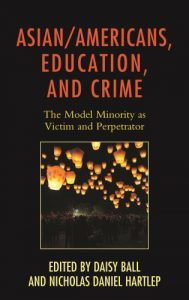
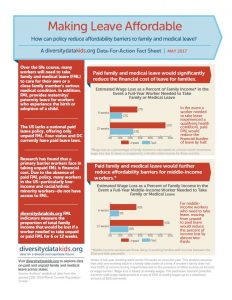
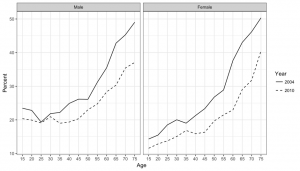
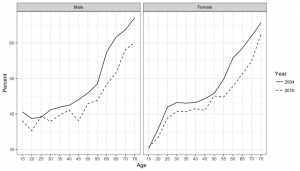

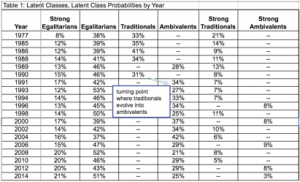
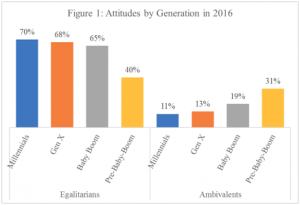 Conclusion. The traditionalist who believes women do not belong in the public sphere is now a dinosaur. Almost no one in American society believes women do not deserve equality in the public sphere. But those traditionals did not become egalitarians, rather they held on to traditional beliefs about women’s place in the family.
Conclusion. The traditionalist who believes women do not belong in the public sphere is now a dinosaur. Almost no one in American society believes women do not deserve equality in the public sphere. But those traditionals did not become egalitarians, rather they held on to traditional beliefs about women’s place in the family.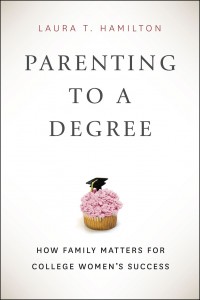 At college graduation season, when grad ceremonies involve messages to honor and appreciate the parents, we revisit Laura Hamilton on some of the trolling of those parents that can occur.
At college graduation season, when grad ceremonies involve messages to honor and appreciate the parents, we revisit Laura Hamilton on some of the trolling of those parents that can occur. 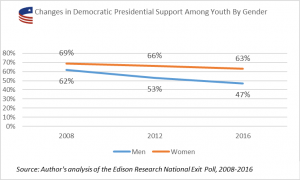
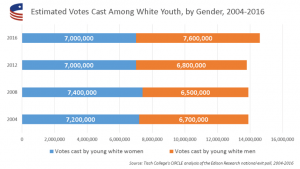
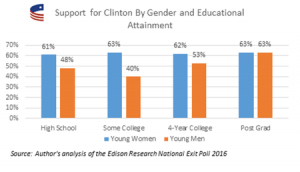
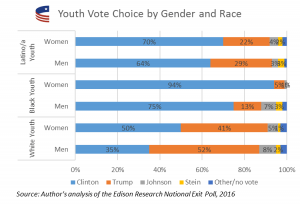
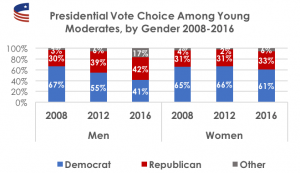
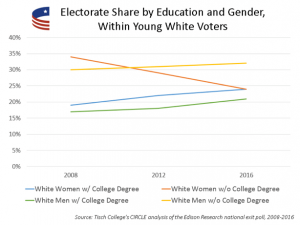

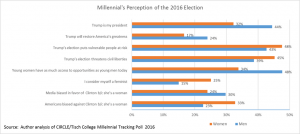
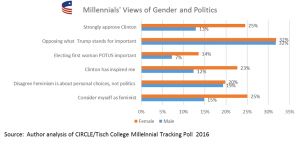
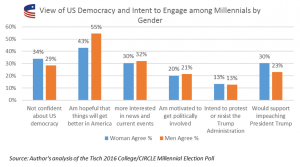
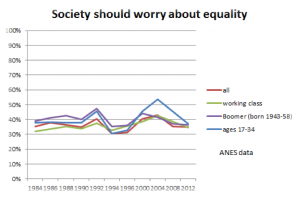
 This fact sheet was compiled for the Council on Contemporary Families by scholars at
This fact sheet was compiled for the Council on Contemporary Families by scholars at 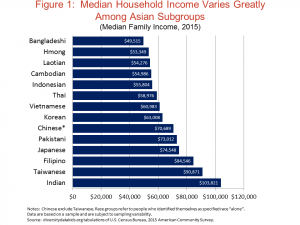

 The Council on Contemporary Families Gender and Millennials Online Symposium presents research on how Millennial men and women are changing—and how they are not changing. Countering the recent trend of ignoring inconvenient facts, this symposium makes it clear that attitudes about gender equality are more complex than either supporters or opponents of feminism often admit. Here’s a quick review of the brief reports.
The Council on Contemporary Families Gender and Millennials Online Symposium presents research on how Millennial men and women are changing—and how they are not changing. Countering the recent trend of ignoring inconvenient facts, this symposium makes it clear that attitudes about gender equality are more complex than either supporters or opponents of feminism often admit. Here’s a quick review of the brief reports.